Name Martha Rogers | Role Nurse | |
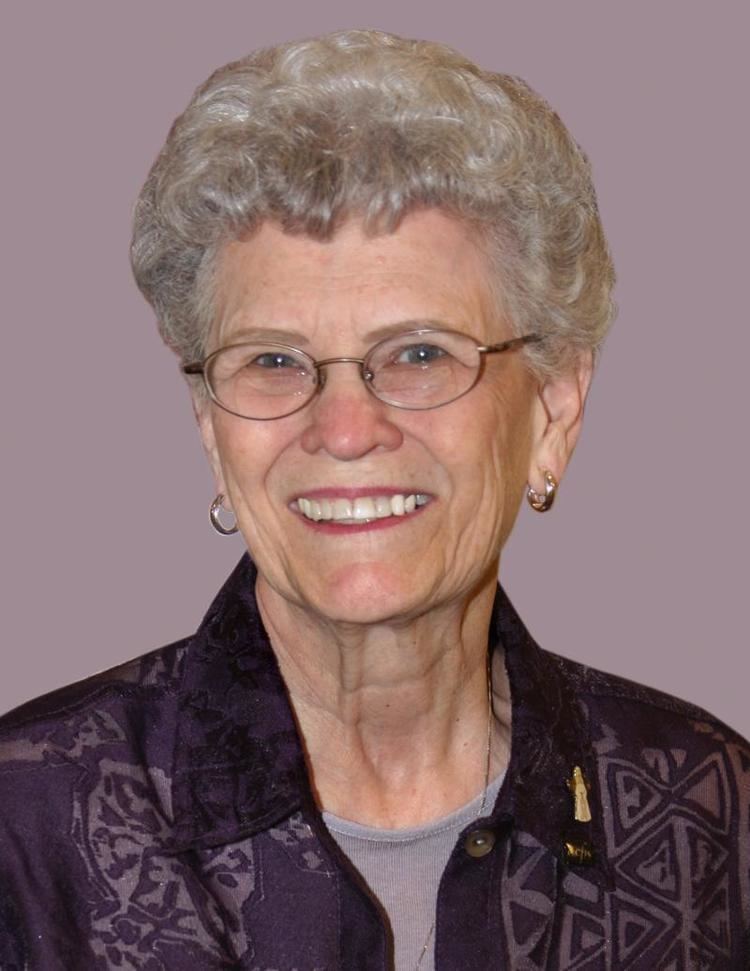 | ||
Died March 13, 1994, Phoenix, Arizona, United States Books An Introduction to the Theoretical Basis of Nursing Similar People Dorothea Orem, Callista Roy, Virginia Henderson, Madeleine Leininger | ||
Martha roger s biography by group e
Martha Elizabeth Rogers (May 12, 1914 – March 13, 1994) was an American nurse, researcher, theorist, and author. While professor of nursing at New York University, Rogers developed the "Science of Unitary Human Beings", a body of ideas that she described in her book An Introduction to the Theoretical Basis of Nursing.
Contents
- Martha roger s biography by group e
- Theory of unitary human beings martha e rogers
- Early life and education
- Career
- Death
- Nursing theory
- Publications
- References
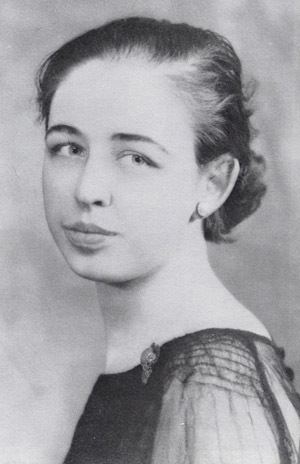
Theory of unitary human beings martha e rogers
Early life and education
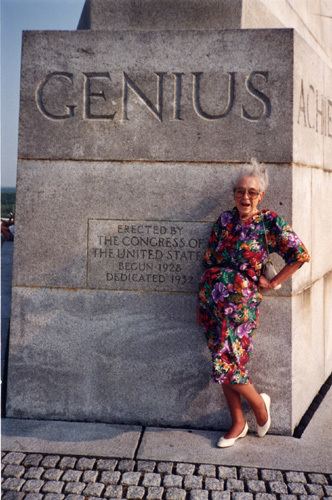
She was born in Dallas, Texas, the oldest of four children of Bruce Taylor Rogers and Lucy Mulholland Keener Rogers. She began college at the University of Tennessee, studying pre-med (1931-1933) and withdrew due to pressure that medicine was an unsuitable career for a woman. She received a diploma from the Knoxville General Hospital School of Nursing in 1936. The following year she received an undergraduate degree in public health nursing at George Peabody College in Nashville, Tennessee.
Career
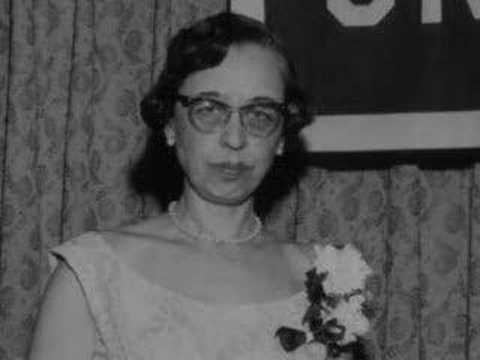
She specialized in public health nursing, working in Michigan, Connecticut, and Arizona, where she established the Visiting Nurse Service of Phoenix, Arizona. Between 1952 and 1975, she was Professor and Head of the Division of Nursing at New York University; she became Professor Emeritus in 1979.
Death
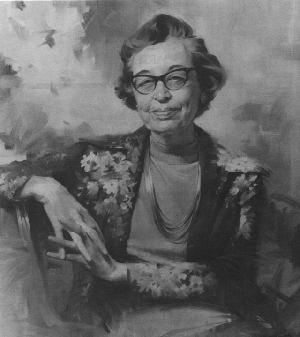
Rogers died March 13, 1994, and was buried in Knoxville, Tennessee. In 1996, she was posthumously inducted into the American Nurses Association's Hall of Fame.
Nursing theory
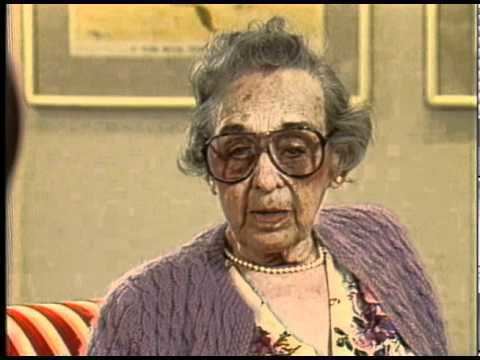
Rogers' theory is known as the Science of Unitary Human Beings. Its primary tenets include the following:
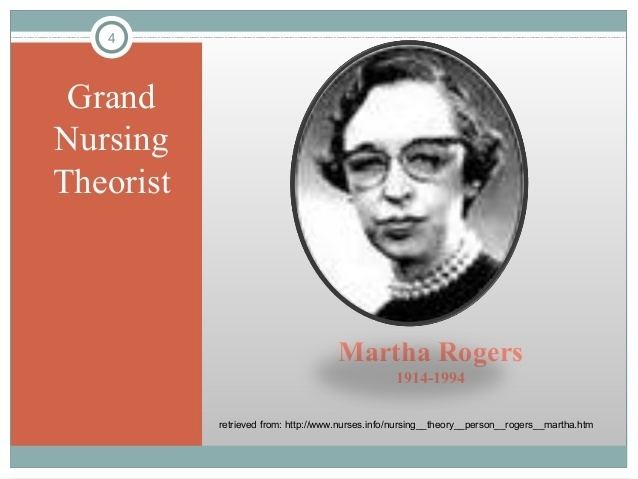
The Science of Unitary Human Beings, a concept within energy medicine, proposes that humans and their environments constitute energy fields without specific spatial or temporal characteristics, emphasizing a "four-dimensionality" and nonlinear domain. However, physicist Alan Sokal critiques this theory as pseudoscientific and nonsensical, highlighting its use of abstract terminology without meaningful substance. Jeff Raskin further criticizes Martha E. Rogers' theory for its inconsistencies, unclear use of physics concepts, and lack of a systematic method to dismiss inaccuracies, redundancies, or irrelevant information, contrasting it with the self-correcting nature of scientific disciplines.
